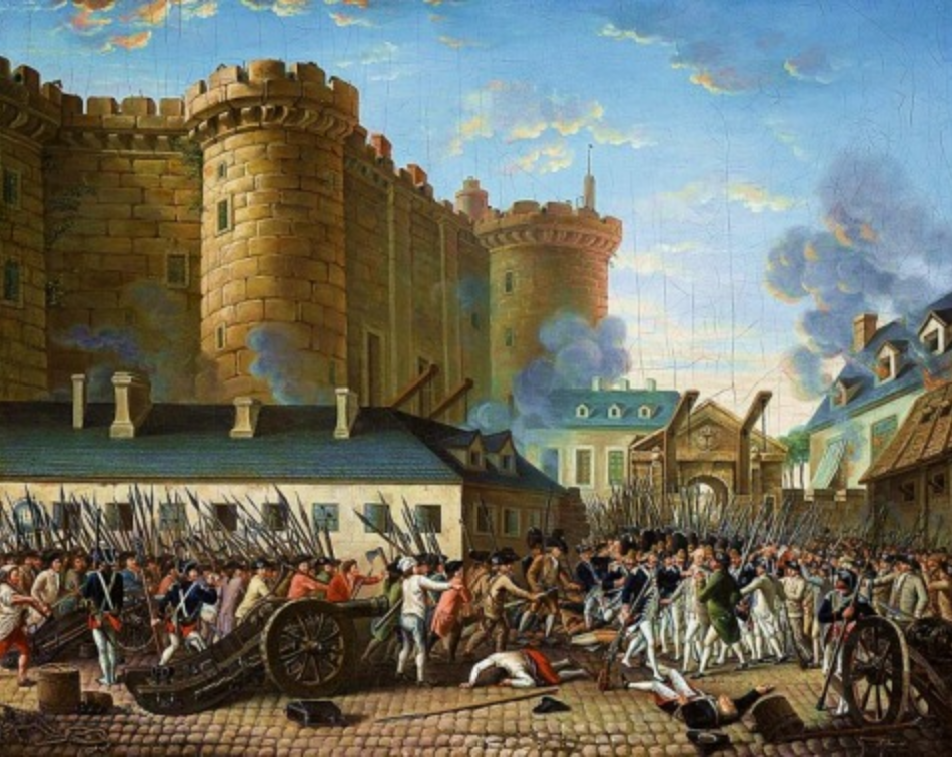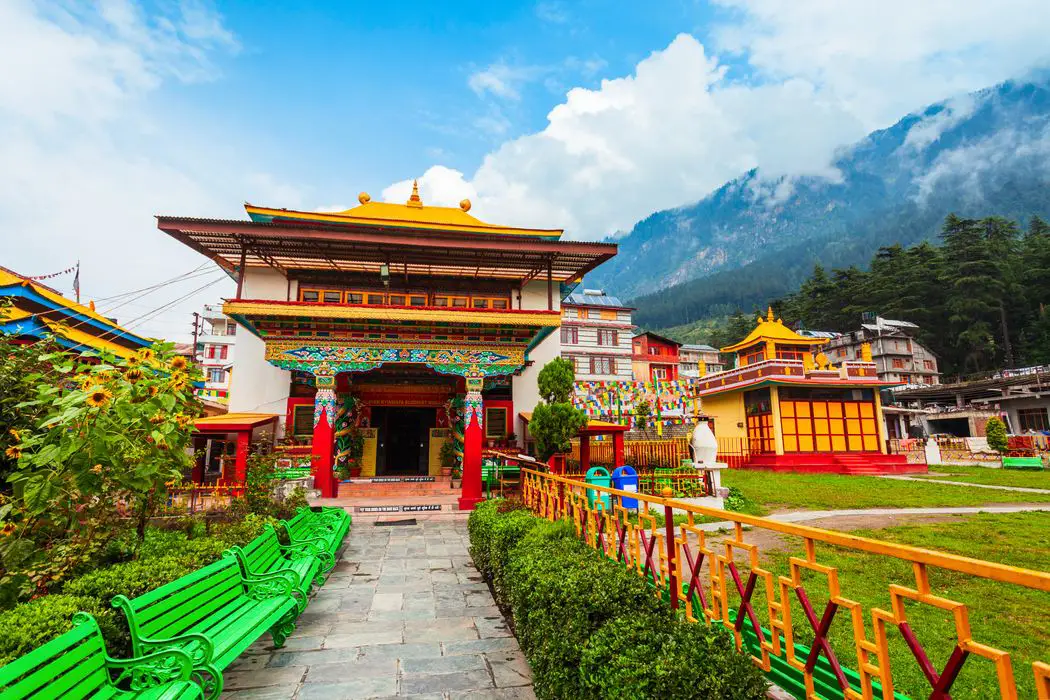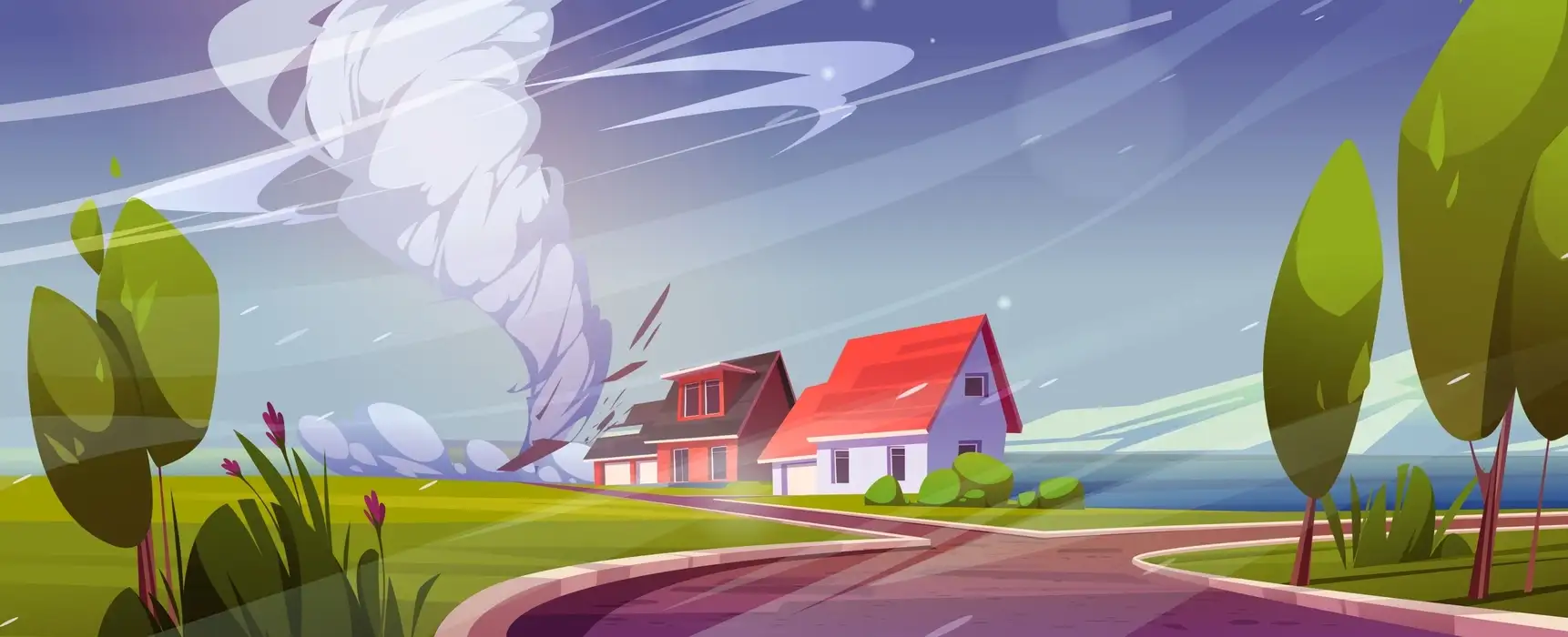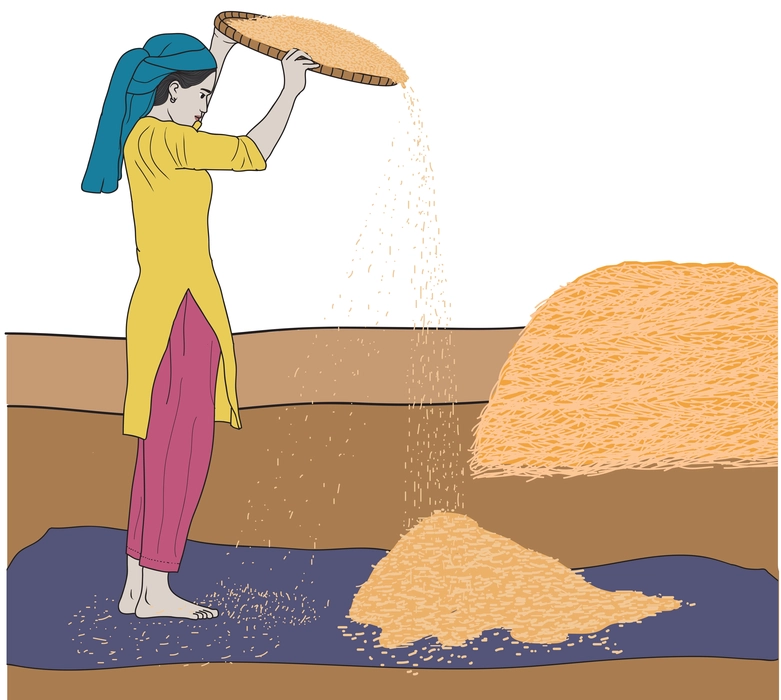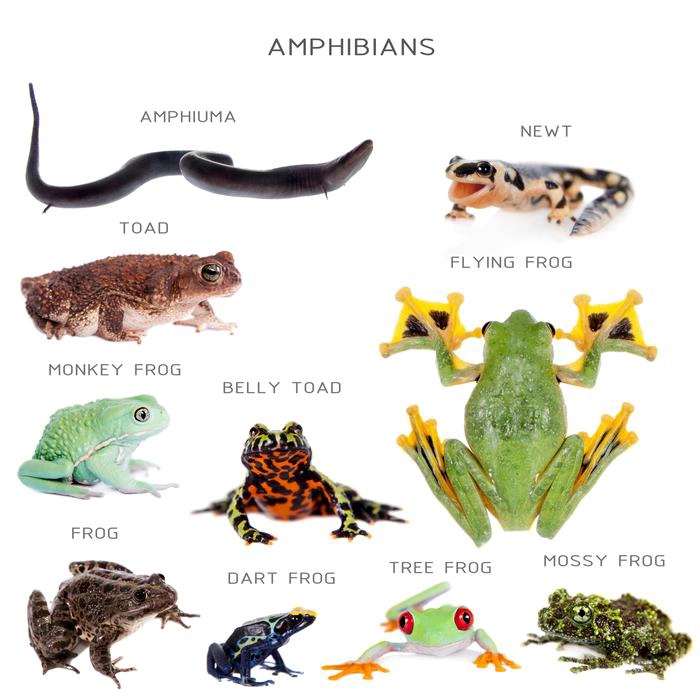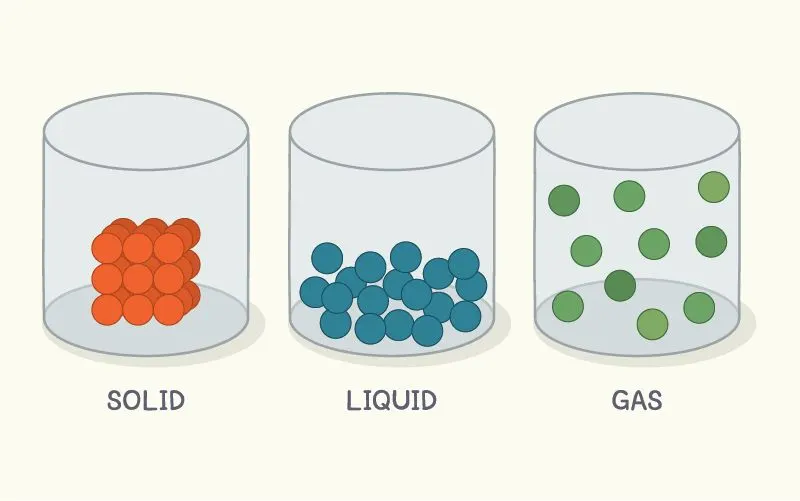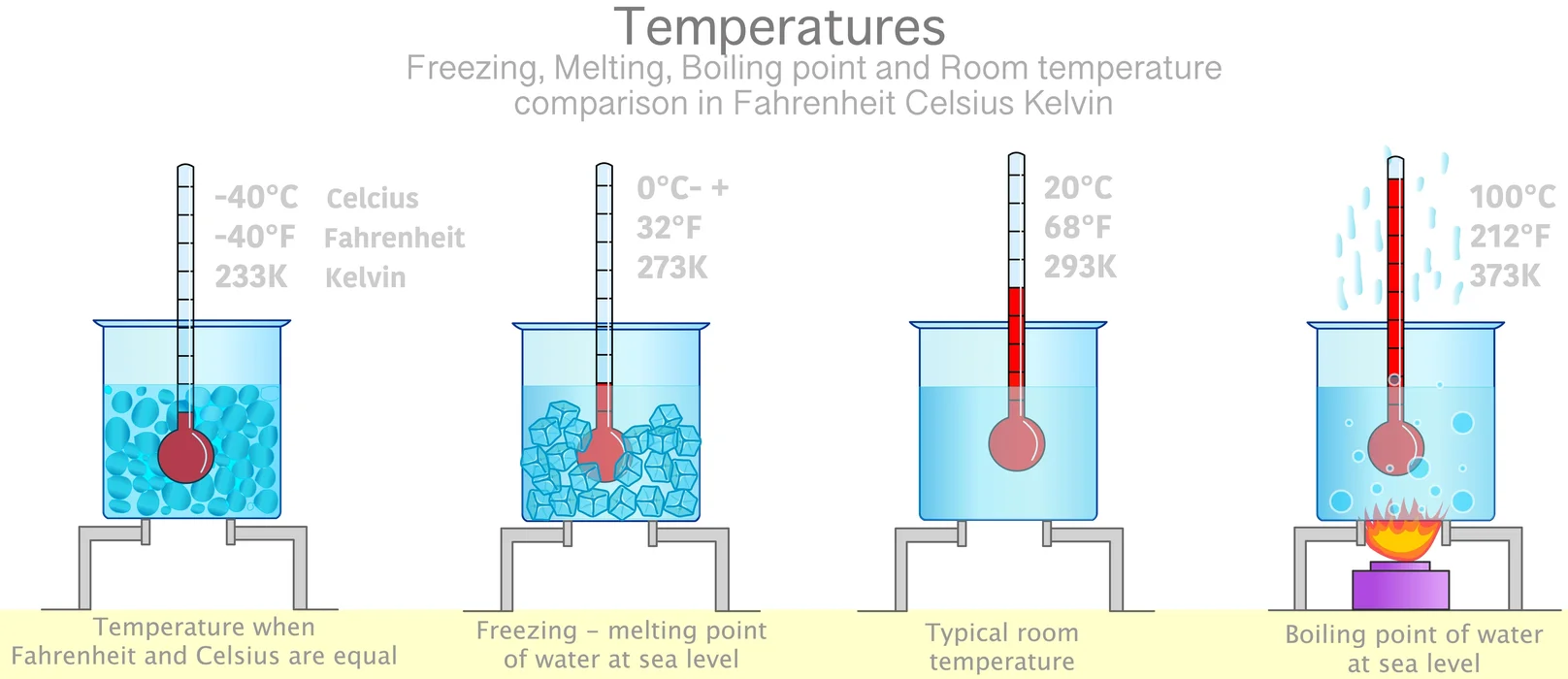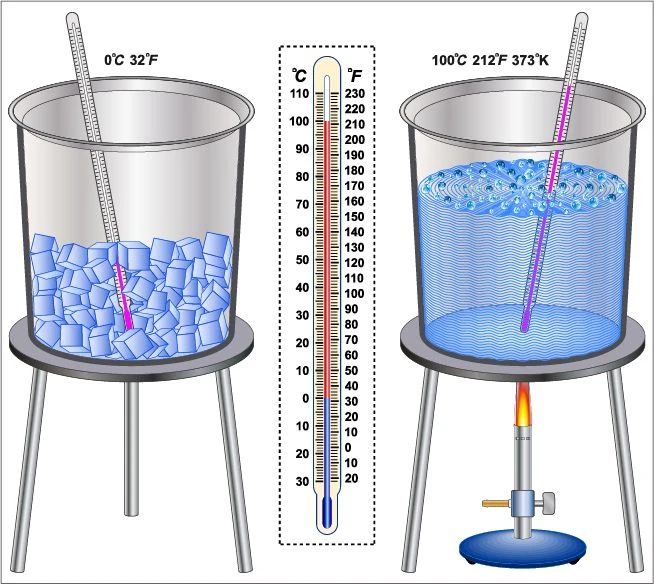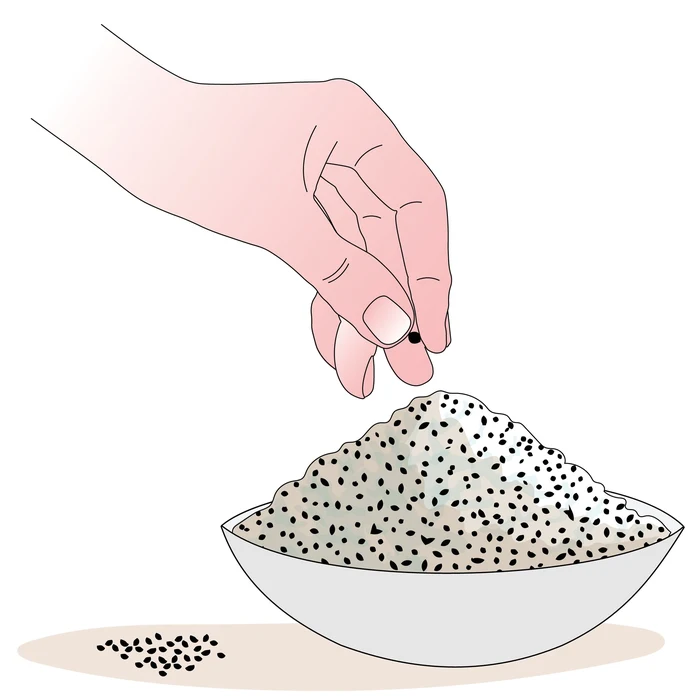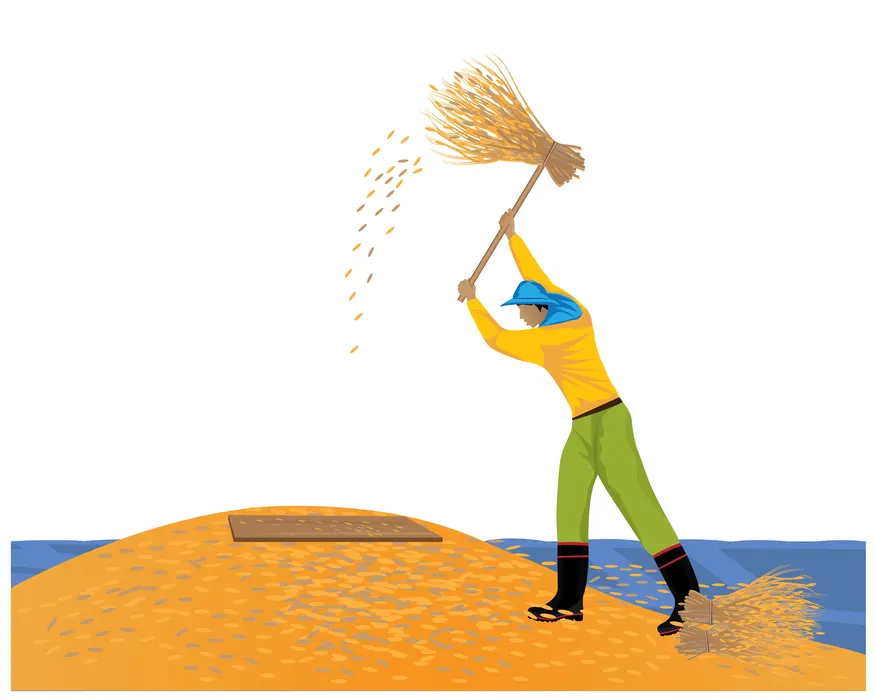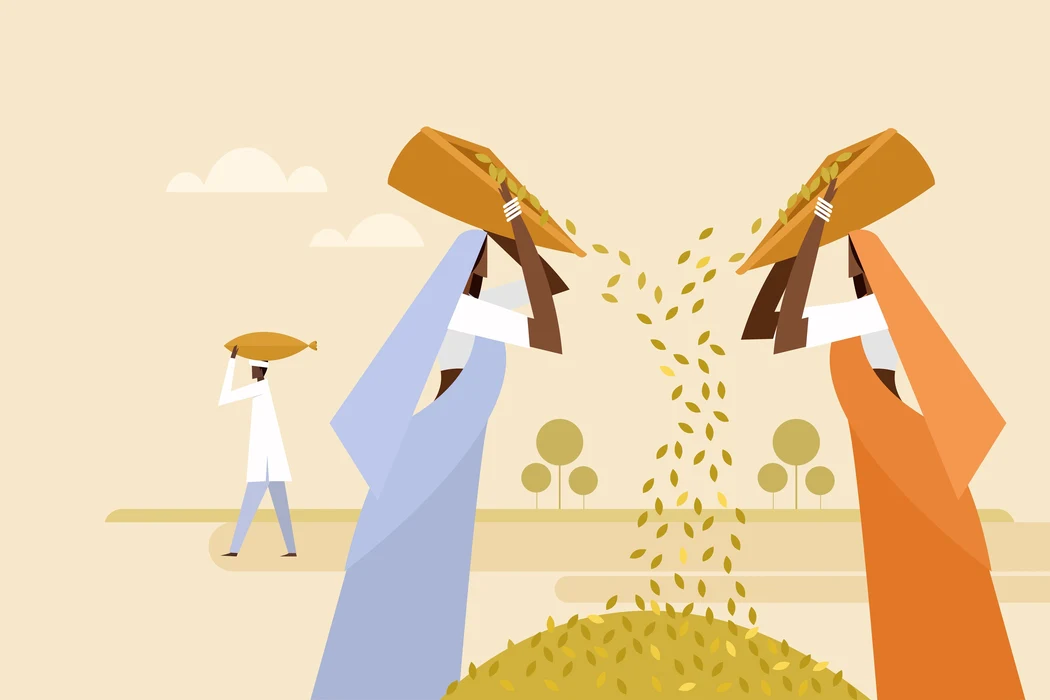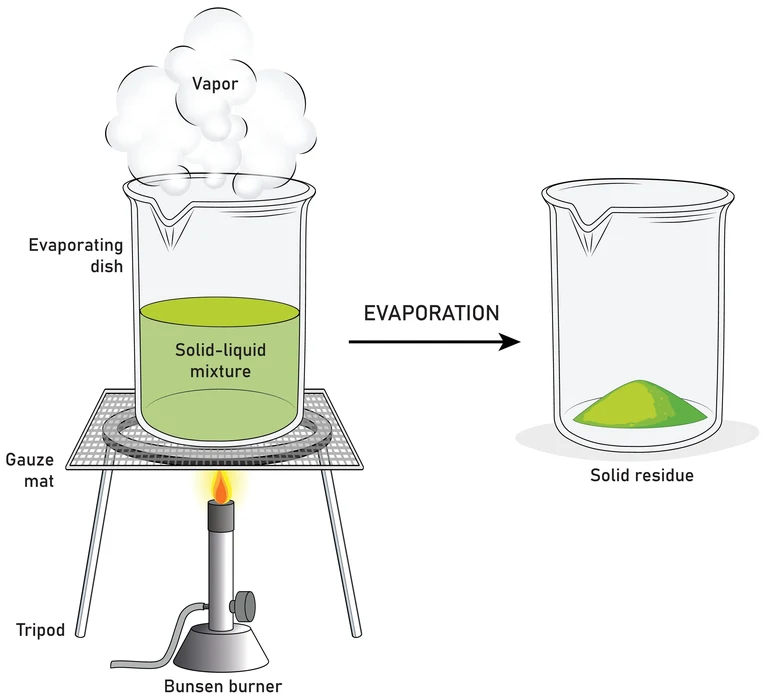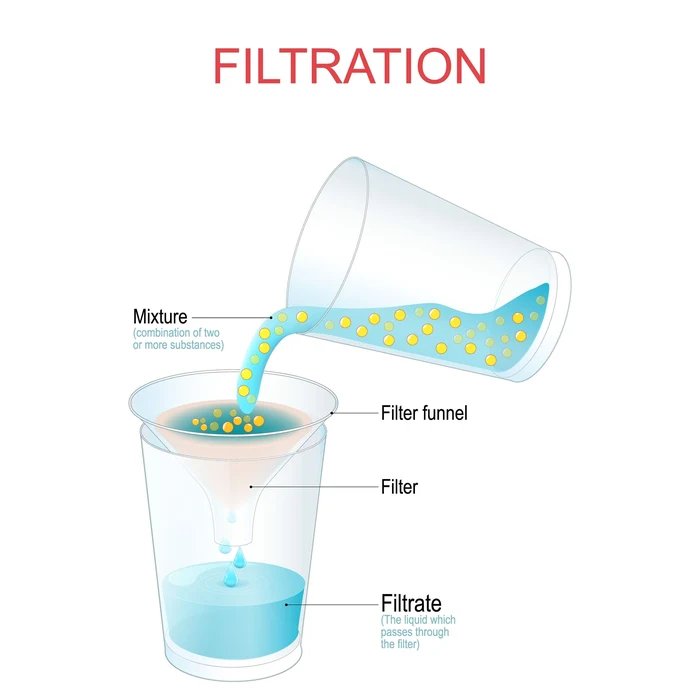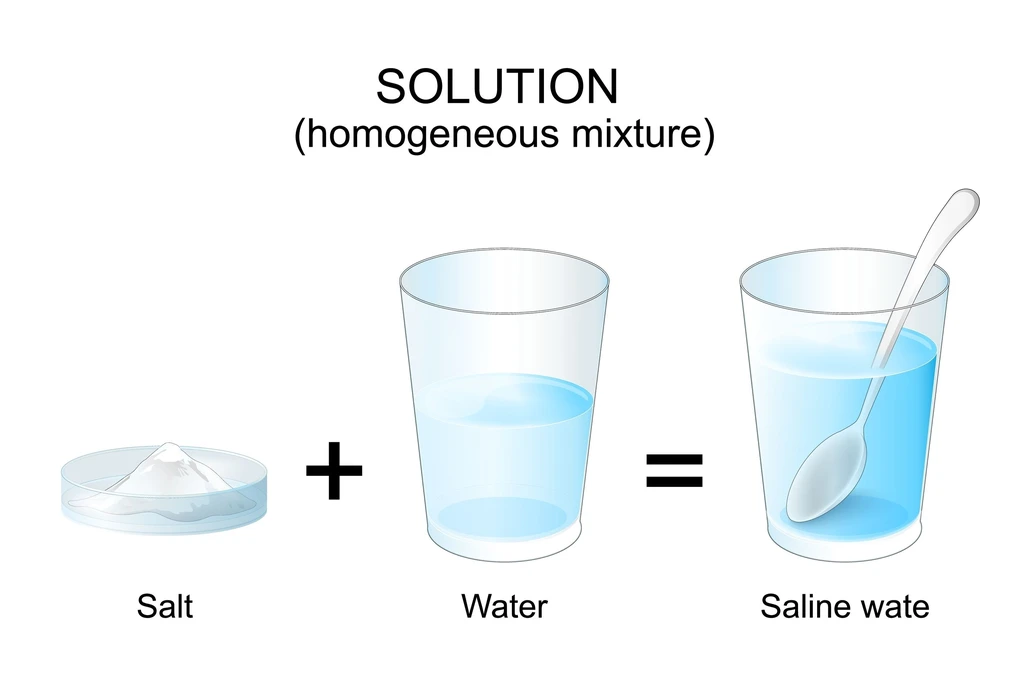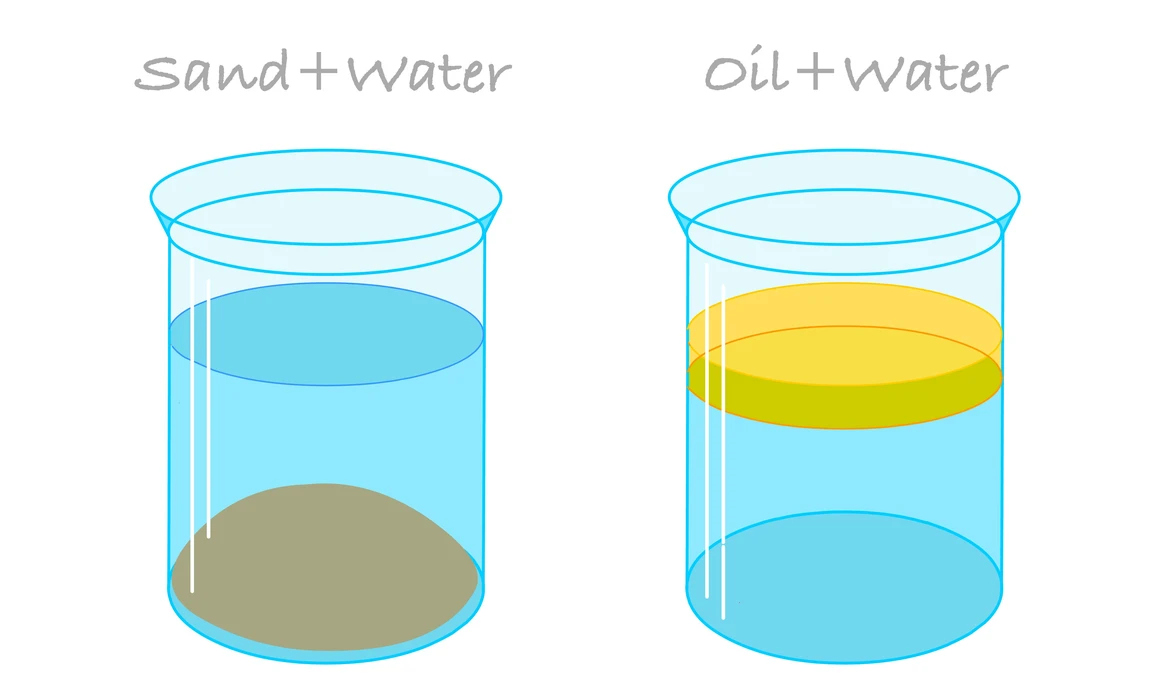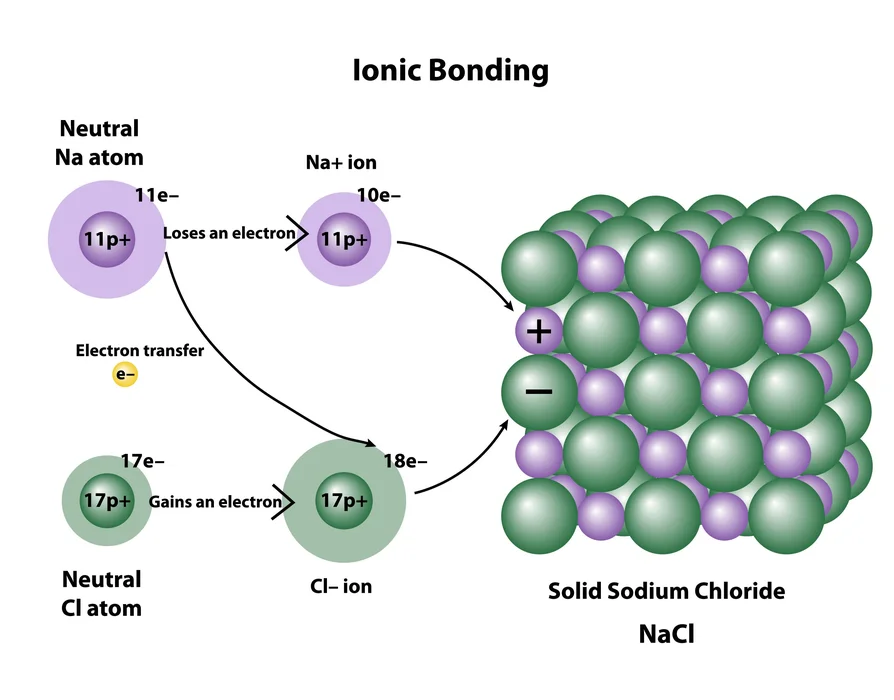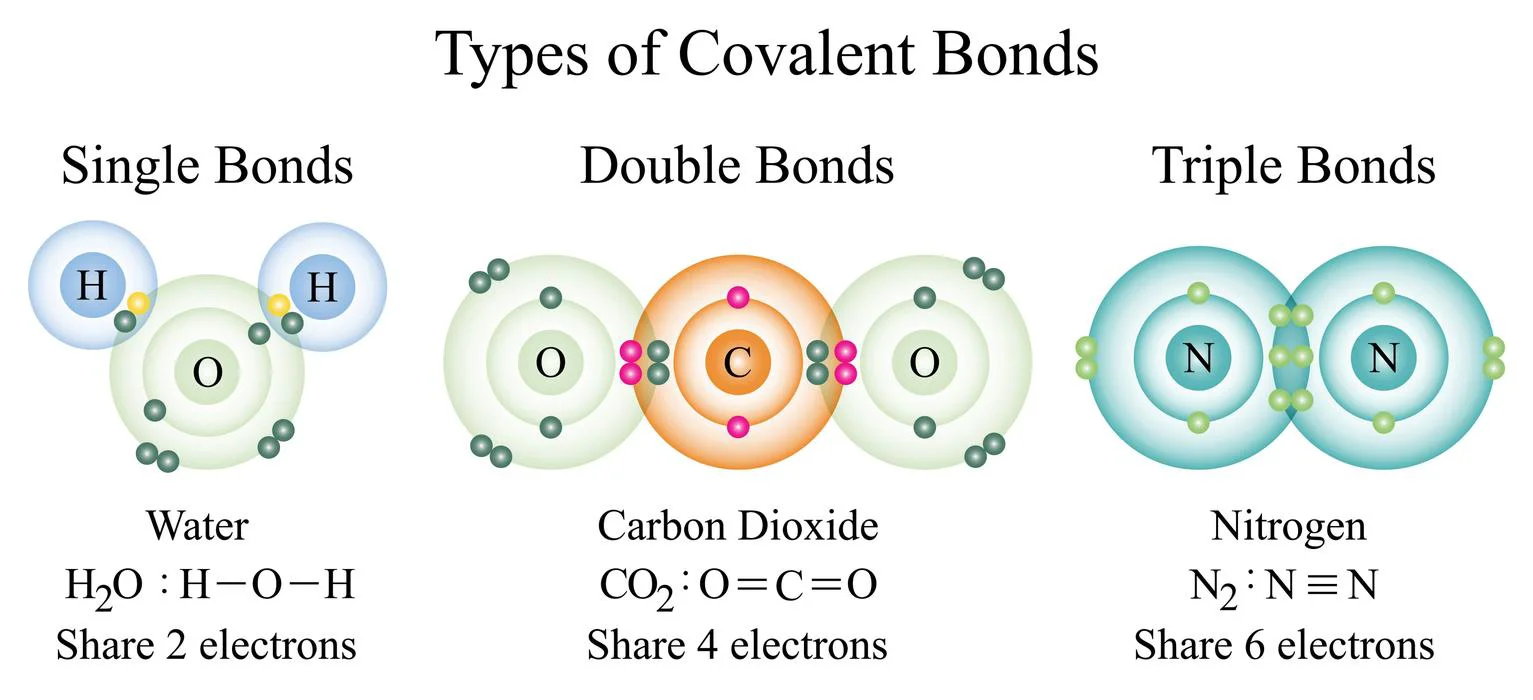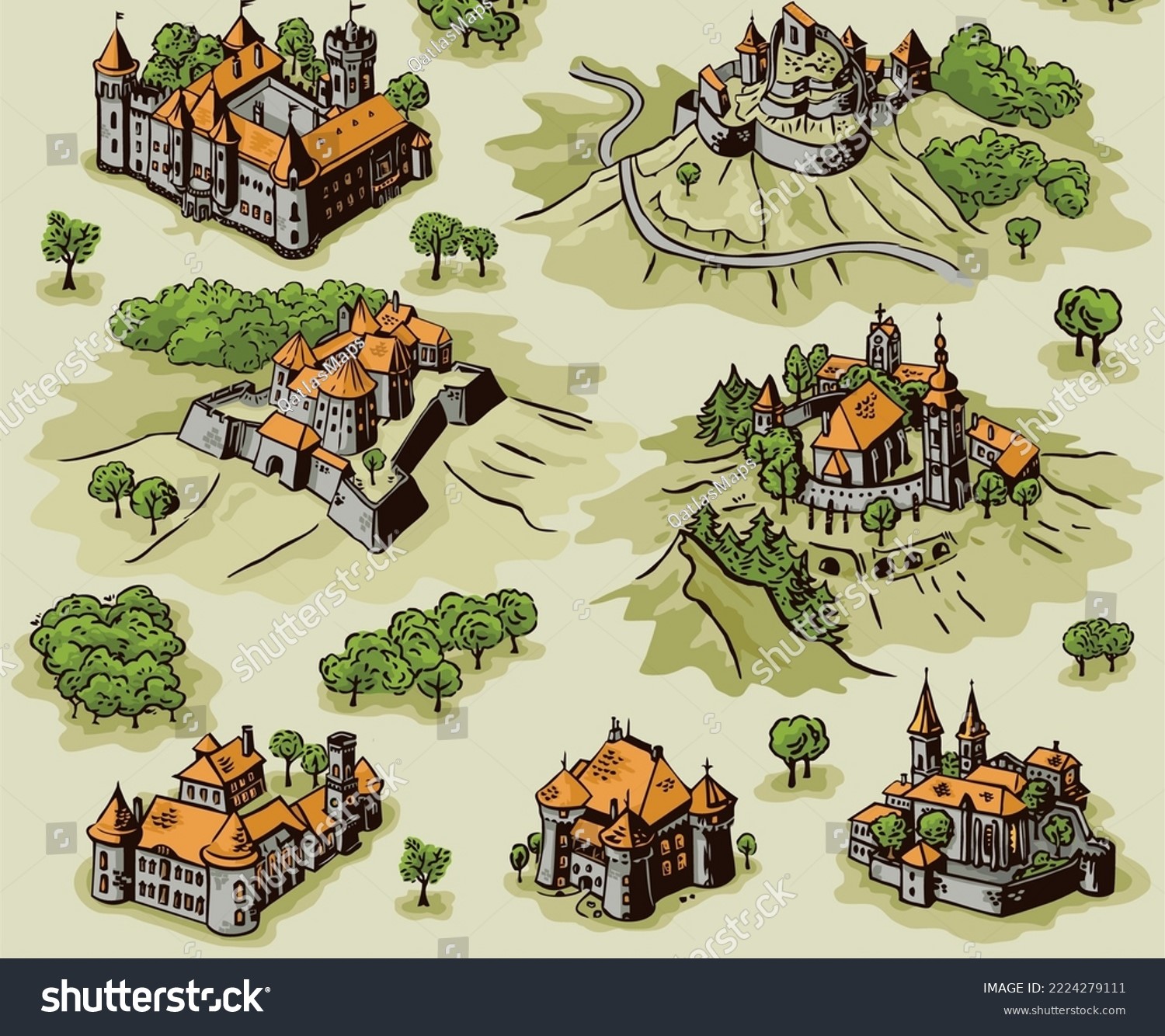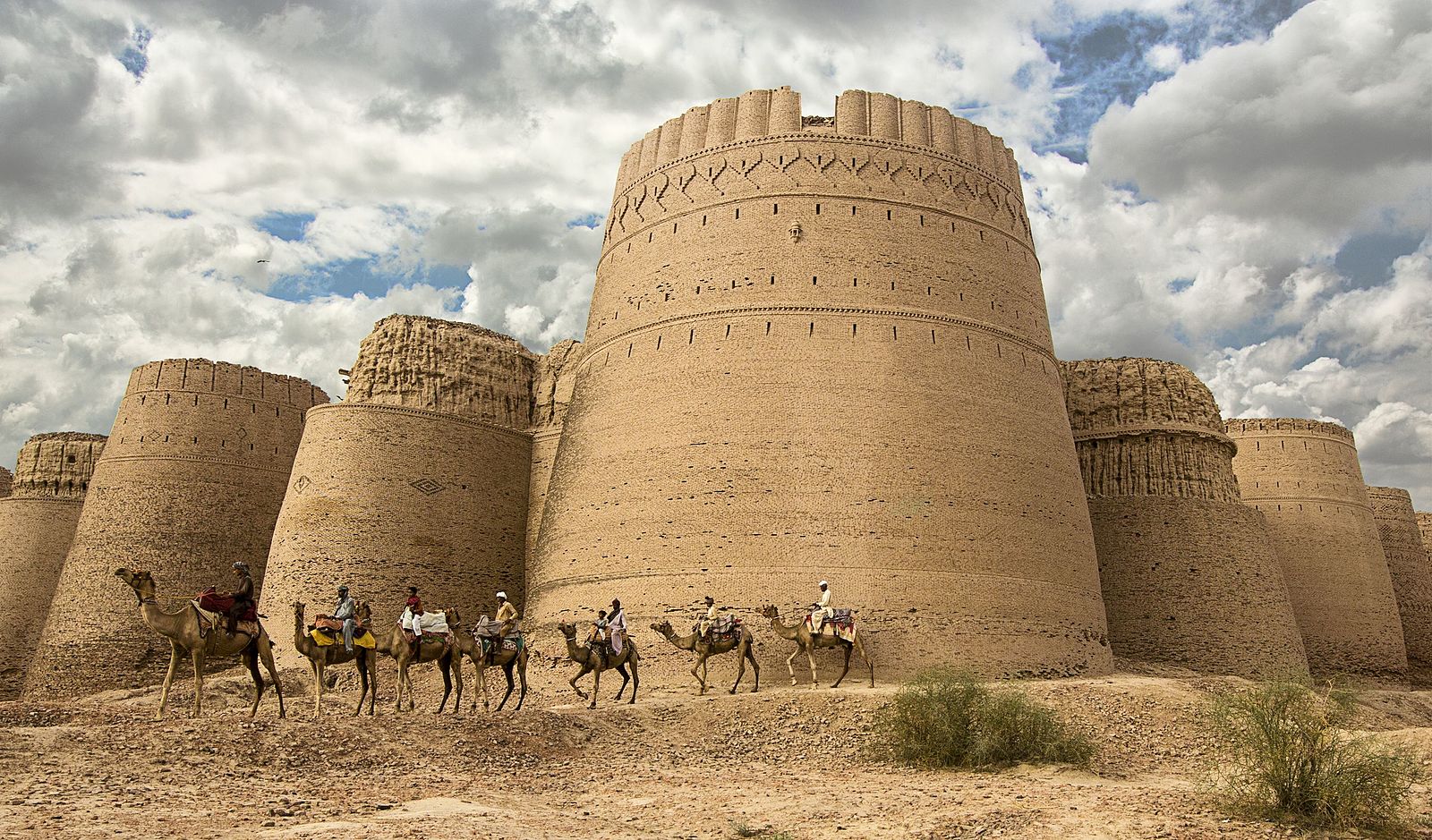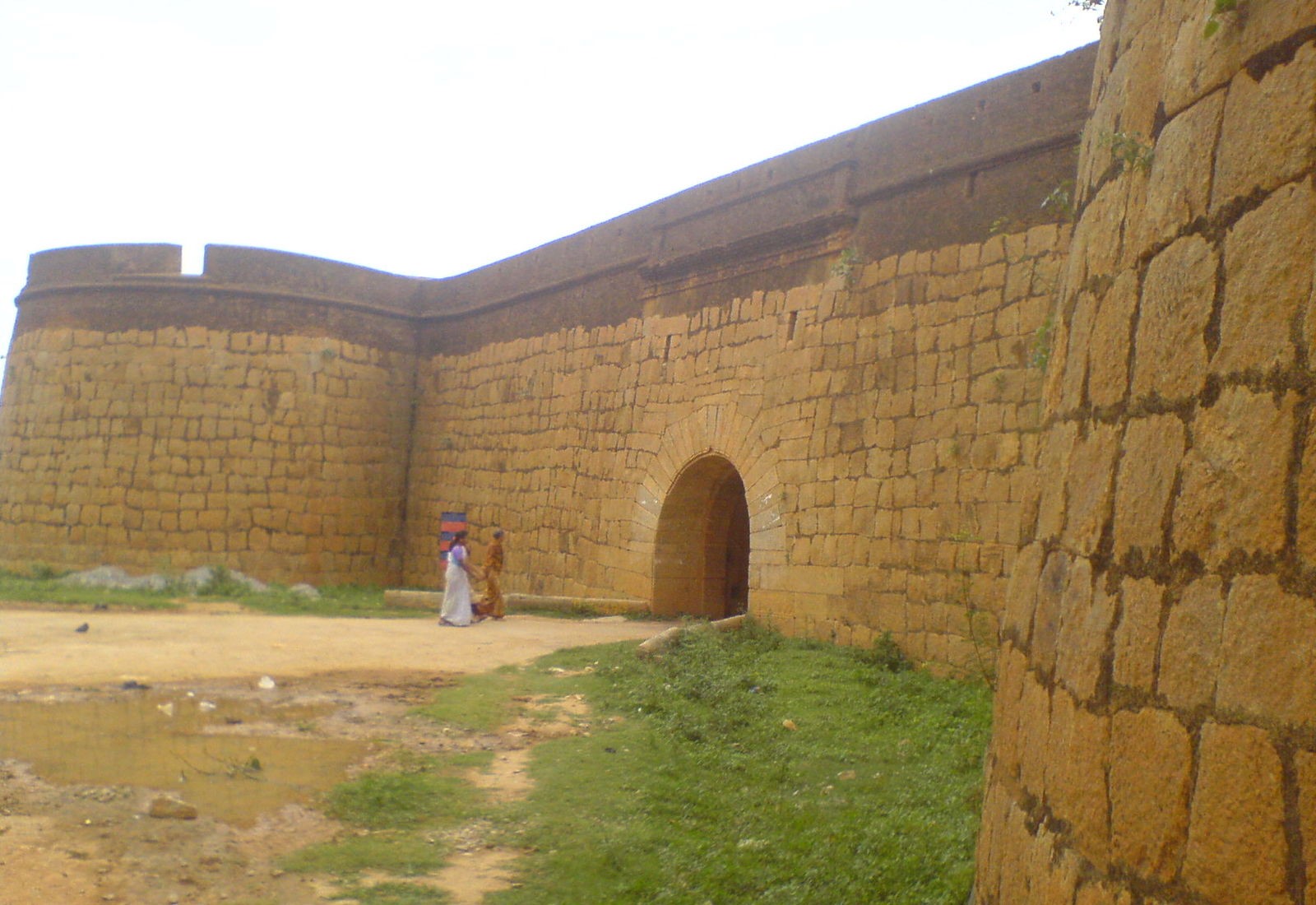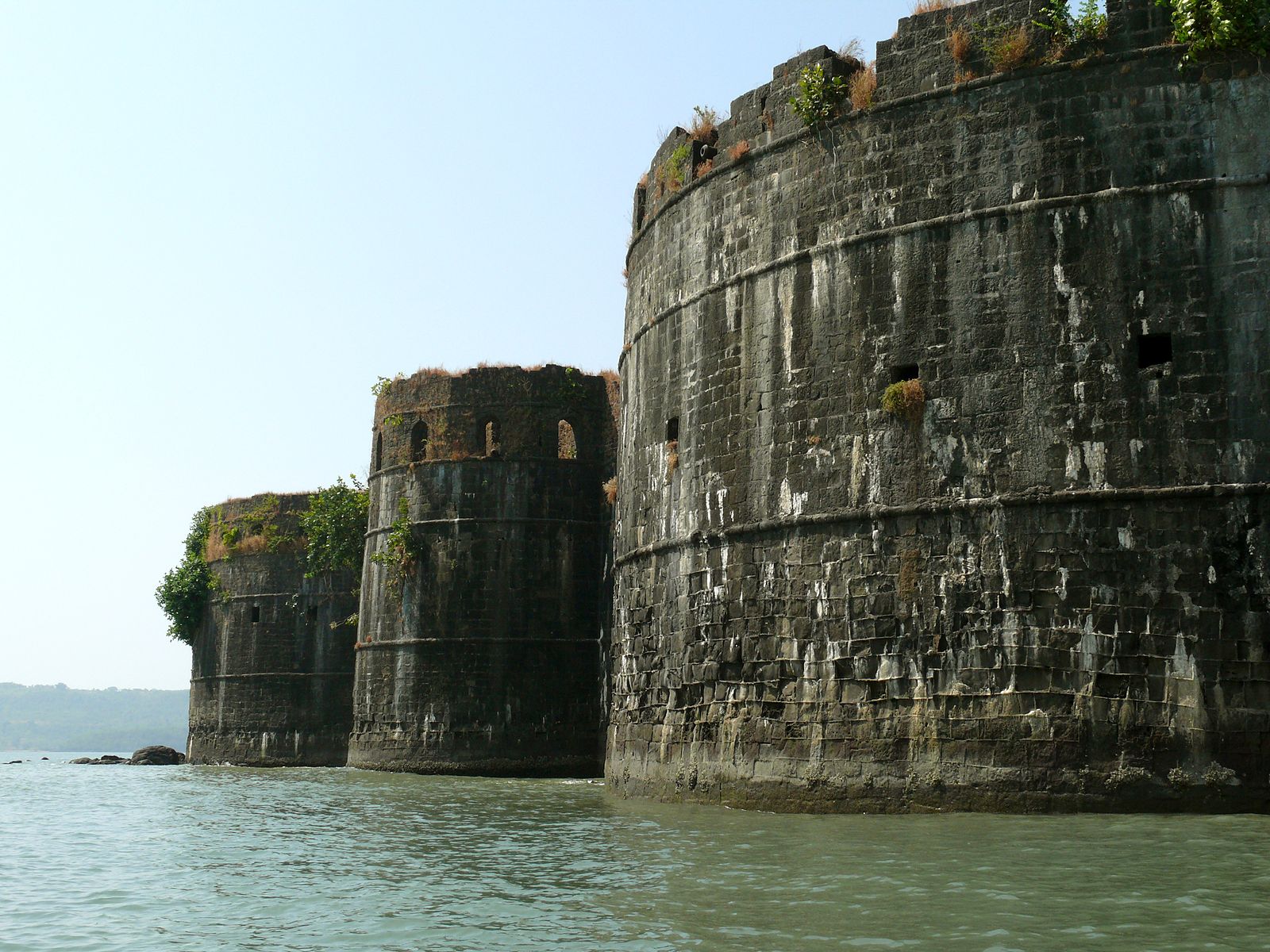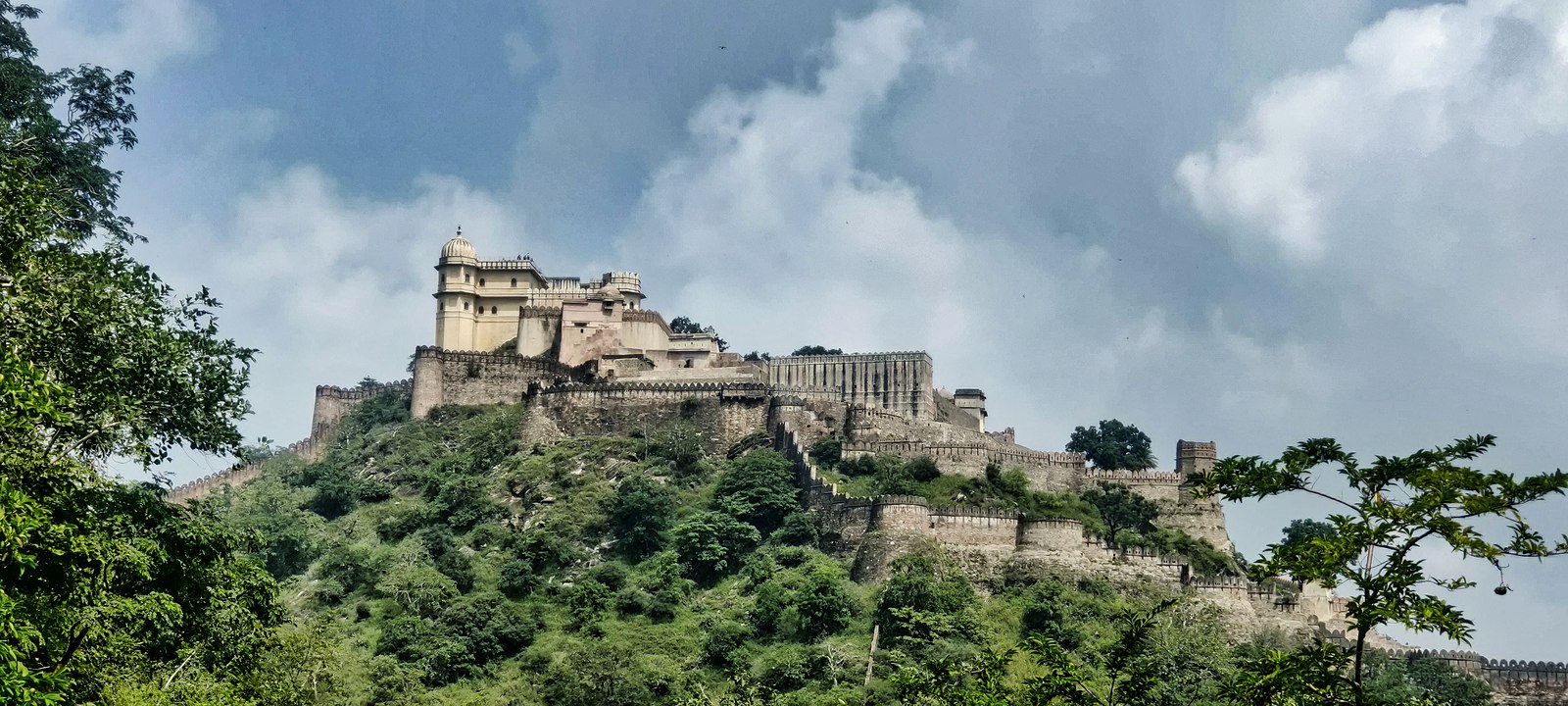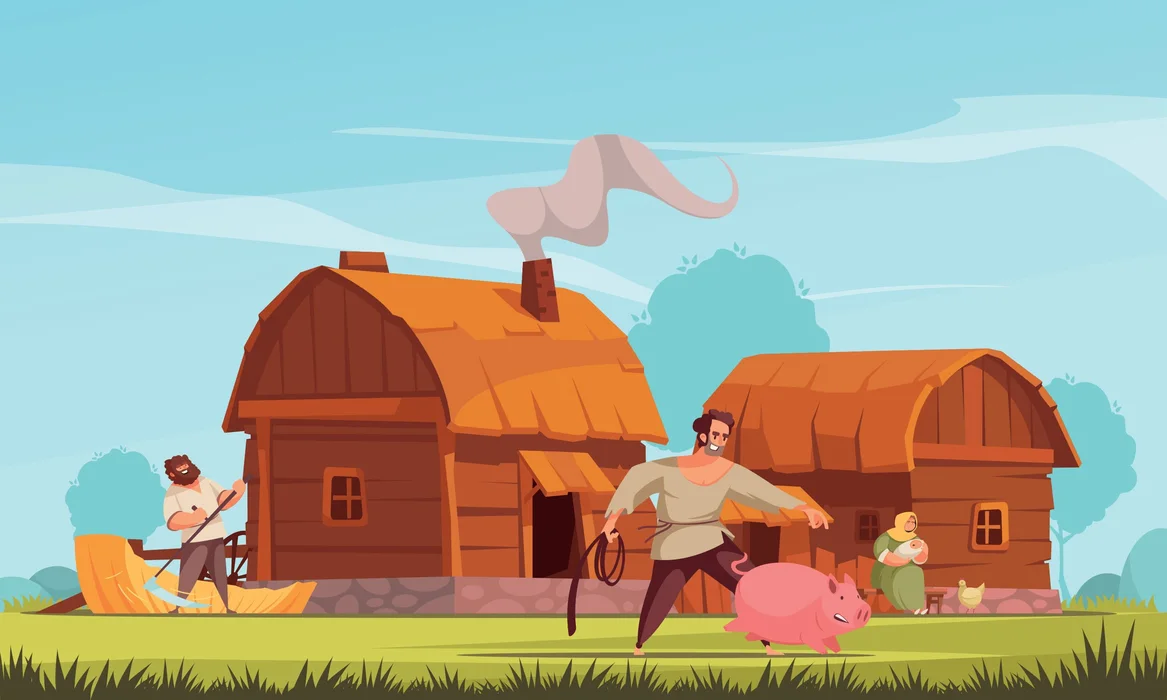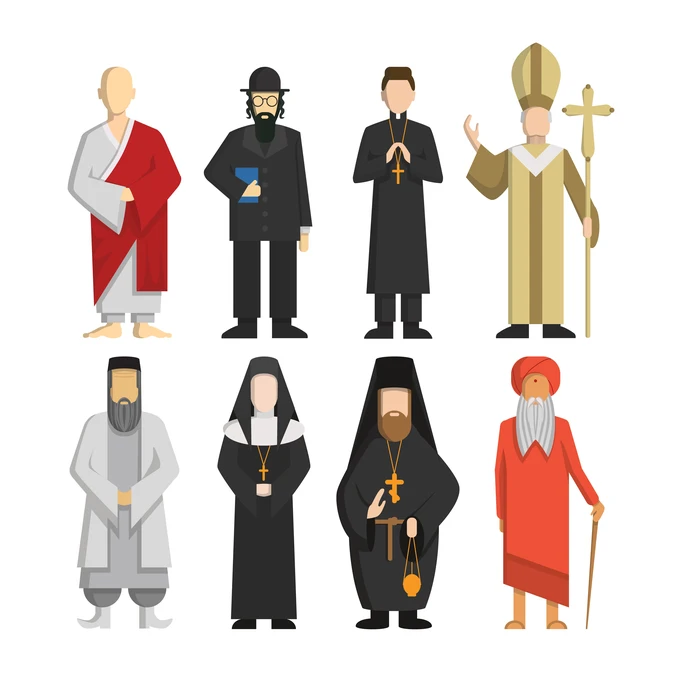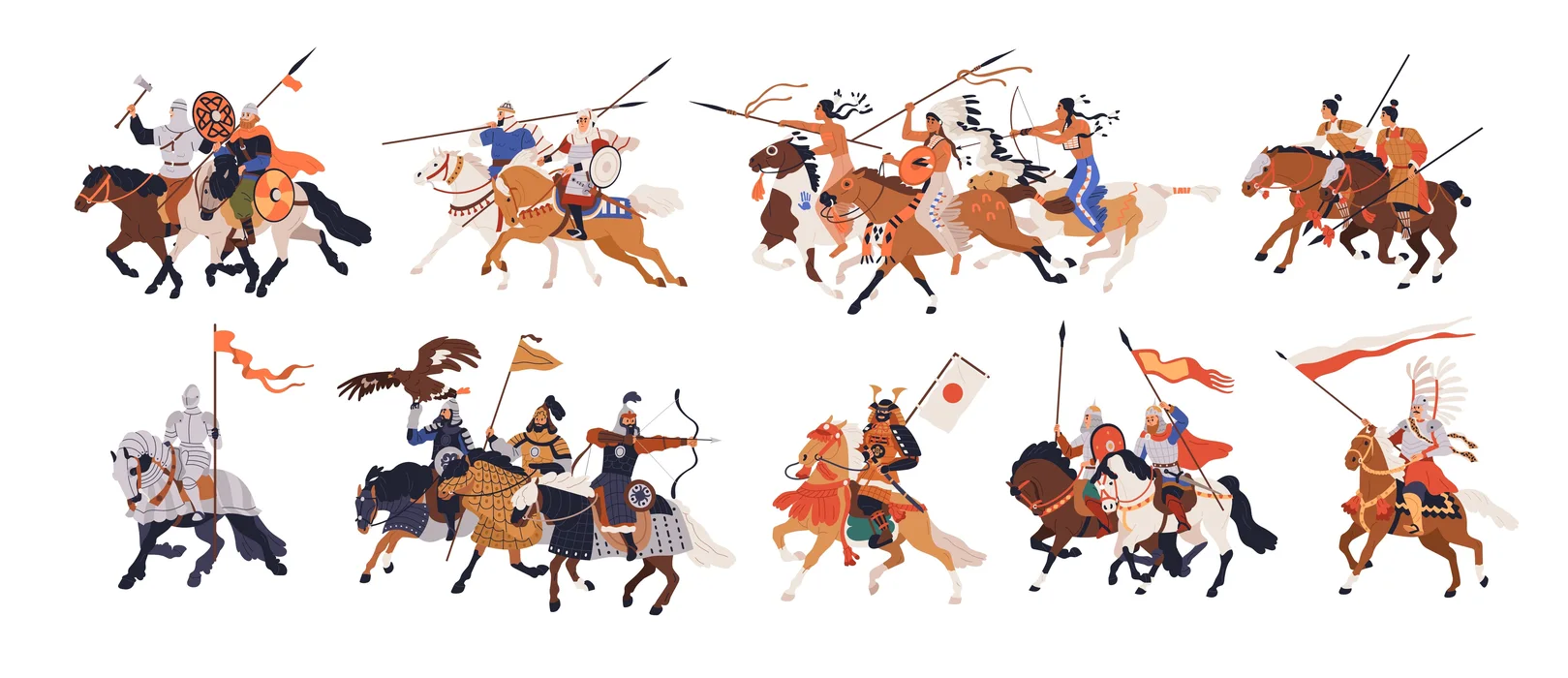Introduction
Gautama Buddha is a well-known personality who was a brilliant spiritual teacher and taught others the importance of life from the historic period. Although there were many spiritual leaders like Gautama Buddha, it was his spiritual wisdom that propelled him to fame. In the early years of his life, he began to pursue spirituality and put forth an effort to spread it amongst people. He established several religious communities and delivered life’s fundamental lessons. In order to share his beliefs with the common people, he traveled throughout north India. Incredible examples of Buddha’s wisdom can be found in his stories Among all tales, “Kisagotami and the Mustard Seeds” is one of the most well-known.
Story of Kisagotami
A young woman named Kisagotami used to live long ago. She was a married woman with a little son. At that time, a dreadful sickness swept over the village. People began to become ill and even start dying. The sickness affected Kisagotami’s son as well as other residents of that village. The young boy died of the disease. Kisagotami was so shocked that she had trouble accepting the loss of her son. She took her son to several persons and instructed them to provide medication and revive him back to life. Everyone was attempting to explain to her that her kid had passed away. However, she disregarded them all and went to different people in search of her son’s medications.
After some time, a noble individual informed her that while he was unable to provide her with a cure for her son, he knew someone who did. The man instructed the woman to speak with the Buddha at his monastery. After hearing what he had to say, Kisagotami went right there. The woman begged the Buddha to give her son some medicine to treat him so that he would live.
Buddha understood her condition and instructed Kisagotami to obtain mustard seeds from any house in the city. Kisagotami was delighted to hear this and she believed she could organize something so simple very easily. However, Buddha continued and said that he required mustard seeds from that house where no one had ever died. Hearing this instruction, In the village, she walked from door to door. Everyone was ready to provide her with seeds. Then she inquired as to if anyone had ever passed away in their home, to this every household responded that at least one or the other person had passed away in that house.
Kisagotami, meanwhile, realized that everyone had experienced the loss of a loved one at least once in their lifetime. She finally understood that no one in the world can escape death and that death is inevitable. She then buried her kid and recovered from the pain of losing him. She praised Buddha for teaching her such a valuable lesson about life. She ultimately decided to follow Buddha.
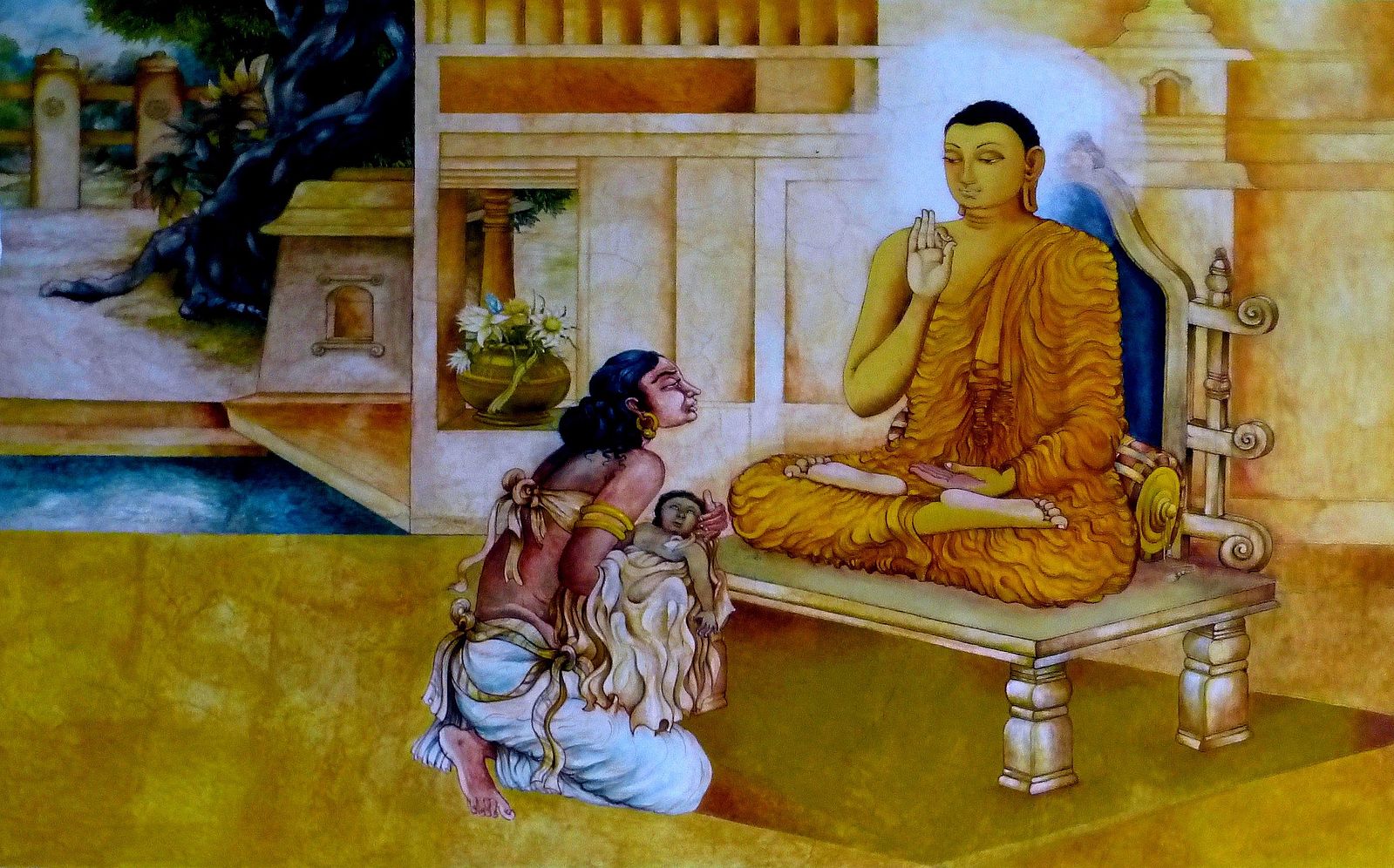
Teachings of the Story
The legend around Kisagotami and the mustard seeds is well known. It portrays the story of a woman who was unable to cope with the agony of losing her son. And how her interaction with Buddha helped her discover the truth of life. The fundamental ideas of Buddha’s life philosophy are explained in the narrative, they are as follows-
- First, he emphasized the principle of impermanence known as Anicca. This means that nothing in this world is permanent, in his opinion. Everything undergoes a gradual transformation. It is a natural cycle that must occur.
- Impermanence gives birth to suffering, also known as dukkha, which is a very challenging issue. It is the second Buddhist theory. He claimed that pain is a natural part of life. Both our mental and physical wellness are under attack. We have to progressively accept that. More sorrow is brought into people’s lives by their desire to maintain the status quo.
- To live happy lives, we must accept all of life’s situations rather than fighting nature and its laws. The absence of a permanent soul, known as Anatta, completes the three pillars of existence. This proves that no living thing possesses an eternal soul. The cycle of birth, death, and rebirth pervades all of human existence. We should also learn to be selfless and the constant ups and downs of life shouldn’t have an impact on us.
- These three facets of life’s existence are relevant to everyone in the world. Without Buddha’s theories, mankind could have suffered more as a result of their limitless ambitions.
- After coming to terms with the reality of the world’s transience, Kisagotmai went back to Buddha and made the decision to enter his monastery as a nun.
Summary
Nirvana, which is a Buddhist euphemism for salvation, was one of the religion’s key principles. Kisagotami began traveling the path to nirvana and eventually rose to the position of a respected nun in one of the Buddhist monasteries. Buddha discussed the idea of Nirvana throughout the entire narrative. Nirvana describes a person’s state as being devoid of worldly desires. The attachment to loved ones is what causes the sorrow. Only nirvana can release individuals from attachments and stop the cycle of birth, death, and rebirth. People from all across the world are currently dealing with circumstances similar to Kisagotami. In the end, people must realize that the world is filled with sorrow and that desires are its primary source. In order to prevent suffering, one must conquer desire, which opens the door to nirvana.
Frequently Asked Questions
1. Where did Kisagotami join as a nun?
Ans: As a nun, Kisagotami joined the Jeetvana monastery, which at the time housed the Buddha. It is present-day Uttar Pradesh.
2. Why didn’t Buddha inform Kisagotami about the death of her son?
Ans: Buddha wished to help her comprehend and come to terms with the reality of life.
There was a probability that Kisagotami would not have accepted the truth about the death of her son if he had told her directly and would remain in her sadness for a long time.
3. How can one reach nirvana?
Ans: The eight-fold route, also known as the Ashtangika Marga or eight-fold path, consists of the following: observation, determination, meditation, memory, speech, means of livelihood, action, and exercise. It is the way to reach nirvana.
